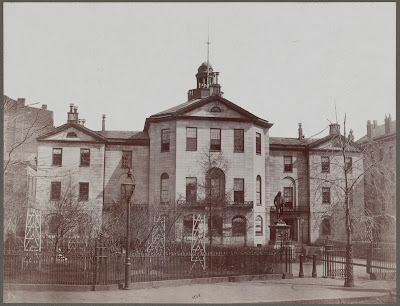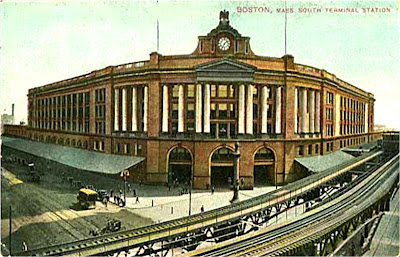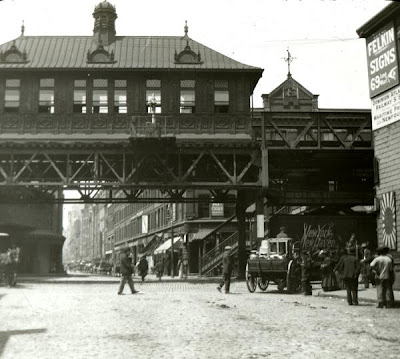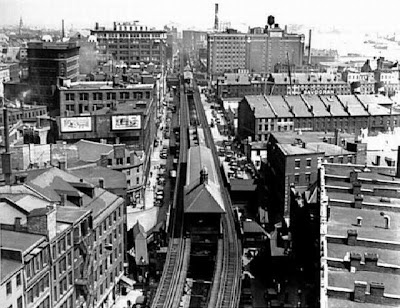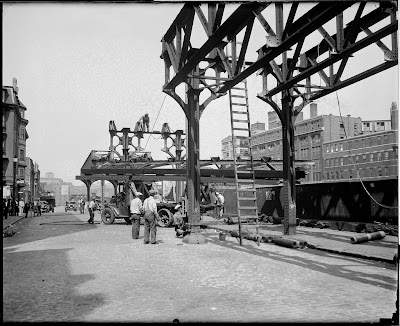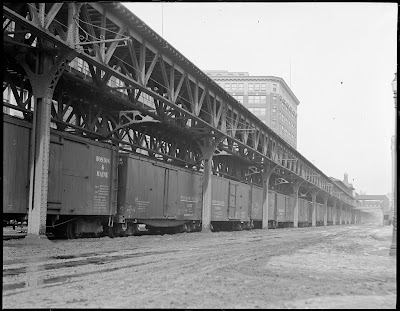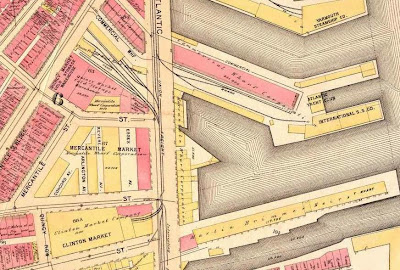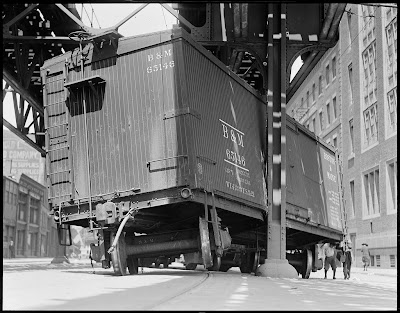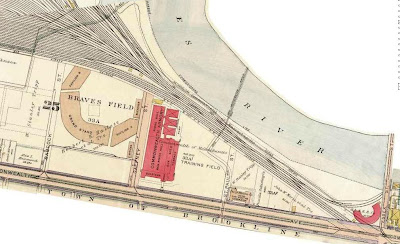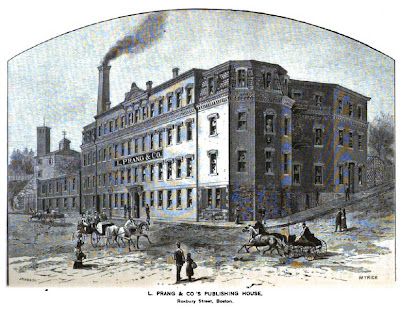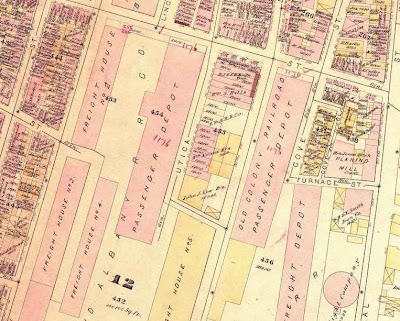 House of Industry, South Boston.
House of Industry, South Boston. 1852.
1852. 1855.
1855.As the 19th Century began, Boston made its first expansion by stealing/annexing South Boston from Dorchester. At the time, the peninsula surrounding Dorchester Heights was sparsely settled, and much smaller than it is today. As the population of the town, and then city grew, developers looked to South Boston as a residential district, while factories began to be built across South Bay from Boston proper.
With the growth of the city came an increase in poverty and of crime. The existing institutions for the care of paupers and the incarceration of criminals were being overwhelmed, and the city fathers looked to the unused lands of South Boston to place their replacements. Under new mayor Josiah Quincy, the city in 1824 bought 53 acres of land along the north shore of the peninsula, looking out at Boston Harbor. There, four institutions would be erected: the House of Industry, House of Reformation, House of Correction and, in 1839, a Lunatic Asylum. The maps above show the layout of the buildings and their significant acreage.
The print above shows the House of Industry, with its gardens that inmates worked to provide for the institutions and to sell in the city. As streets were laid out nearby and people moved in, they did not appreciate being the dumping ground for the city's criminals, neer-do-wells and feeble-minded. And so, the institutions were gradually moved from the site to other out-of-sight locations. Deer Island was one destination, as was Austin Farm, which became the Mattapan State Hospital site. South Boston's grid layout was continued through the old complex, and South Boston washed its hands of its burdensome neighbors.
